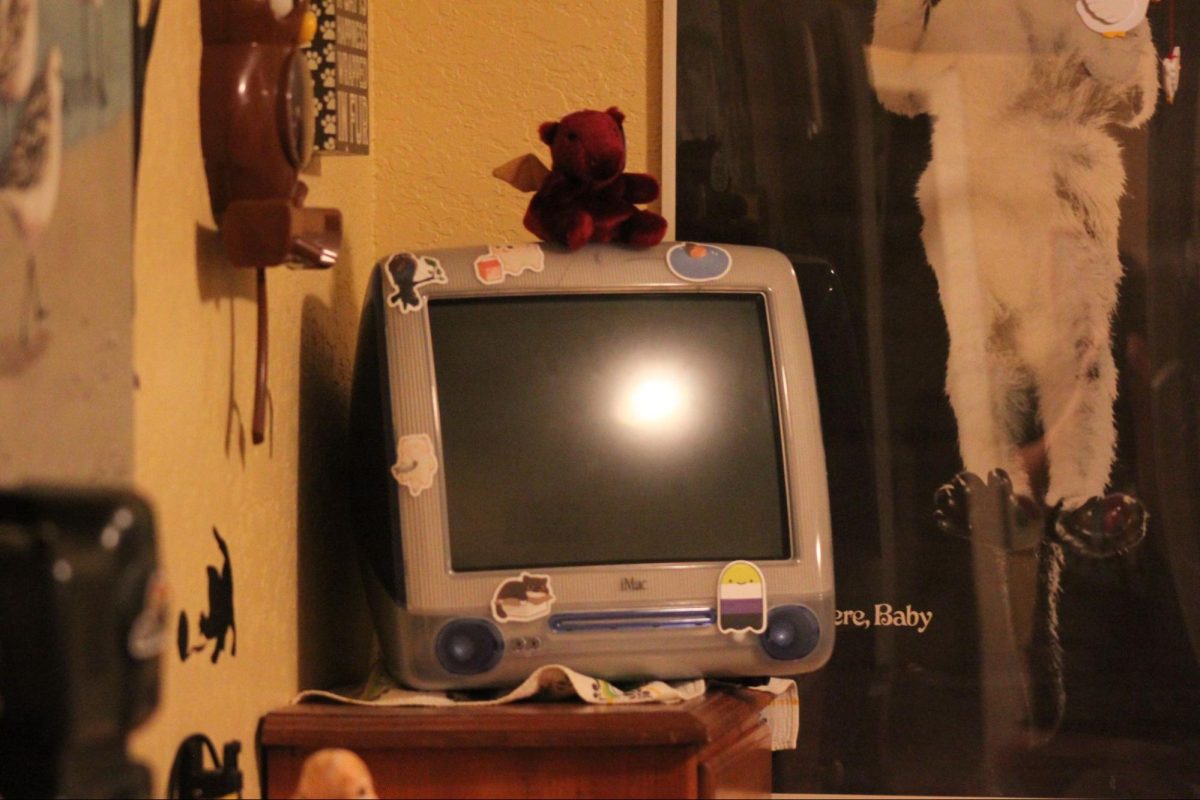Teacher’s experience teaching during COVID-19
October 28, 2020
With the coronavirus halting many activities in people’s lives and changing the way we live and interact with others, it’s no surprise that schooling has changed in such a drastic way. We all used to arrive at school and be in classes early in the morning, learning multiple subjects throughout the day thanks to our teachers. But in these changing times, we now wake up and are already in school.
Learning from home has made the lives of teachers and students alike polar opposites than what they were at the beginning of 2020. New uses of technology and ways to give students necessary learning tools while being at home are just a couple of the hardships teachers had to face.
It is said probably once a week by a teacher “I wish I could see you guys in the classroom”, “It would be nice to not see a bunch of black squares with your guys’ names on my screen”. All our teachers have to arrive fully prepared day in and day out, sitting at the computer doing zoom calls in an attempt to teach us as best they can compared to in person.
For most teachers, being able to give a hands-on experience benefitted both students and teachers, including giving out assignments to each class in an easy and well-executed method. Now giving out one assignment involves asking the zoom if they can see it in schoology, if it has the correct due date, if everyone can see the attached document to be able to do the work. I spoke with one of our own Bothell teachers who shared their view of online learning and what could be different.
When asked about the hardest part they have with online learning, time commitment was the biggest issue. Putting in an hour to prepare for each different class amounts to around 5 hours, and then add the class time to that and they have close to 13 hours a day at the computer. Finding ways to take their mind off teaching and going out to do activities has been the best thing they can do to get time away from a screen.
This seems to be the same way for most students: doing homework for most of their classes, and being on zoom calls for nearly 4 hours a day is a pain in itself. Asking about how Northshore’s online learning plan was efficient, and what could be changed, Schoology was a hot topic. They brought up the rapid teaching of how to use it, and the lack of help to fix issues teachers find themselves with, “We were pushed through learning Schoology, that at the end I was still questioning what we learned at step one” they said.
My interviewee sent me an article they agreed with about how lockdowns are creating many mental and physical problems amongst the citizens affected, and why they need to be stopped. This created an interesting talking point on having students back in the classrooms. “Put me in front of a class with a plexiglass shield and I’ll happily do it” when asked if they would go back into a classroom.
I brought up using Google classroom and how that was easier or worse than Schoology, and they said that Google classroom might not have had all the features Schoology brings to the table, but the accessibility from a teacher’s standpoint was much easier and more well known across faculty. From a student perspective, Schoology has so many points and things to look at just to find an assignment that Google classroom made into a much simpler system, and made assignments clearer on due dates and how to access them. I also spoke with a junior at Bothell, Ryuki Parker (‘22), about what they found Google classroom did better than Schoology does. “Not having to dig through eight folders to find things was nicer. The calendar and what assignments are due soon was more accessible and user friendly than Schoology’s system.” Ryuki also liked the organization and sorting of items Google classroom did in comparison to Schoology. So from a teacher and student perspective, Google classroom gave a more user-friendly experience than Schoology does right now.
The classes that improve the more actively you participate in them, or are able to do activities that need a small group of students, the better the learning. So for a class like chemistry, where it is experiment and group-oriented, has increased difficulty when trying to do the activities that would normally be done in the classroom. I brought up if they have been asking other teachers about their struggles with Schoology and teaching, and most of the teachers they’ve been communicating with are struggling with helping students in certain areas they need, and frustrated with how information is being spread amongst faculty and to students. Miscommunication is leading to a multitude of problems.
Most teachers seem to be having similar issues using Schoology and sometimes with zoom, which results in students having delays or shortened classes due to technology things being changed on the spot. This adds to the increasing list of issues, stresses, and struggles that rarely happened when we were learning in the classroom. And those are just some of the physical challenges, the mental side and struggles students are experiencing is an entirely different conversation in itself.







Wendy Wands • Oct 30, 2020 at 8:50 am
This was so informational and personal, great article…Ms. Wands